UN Report Warns 1M Species Are Being Pushed to Extinction, Judge Rules Weak Protections for North Atlantic Right Whales Violate Law, Deep-Sea Mining Noise Could Spread Hundreds of Miles Underwater, and more
July 15, 2022 – We gather news: You stay informed
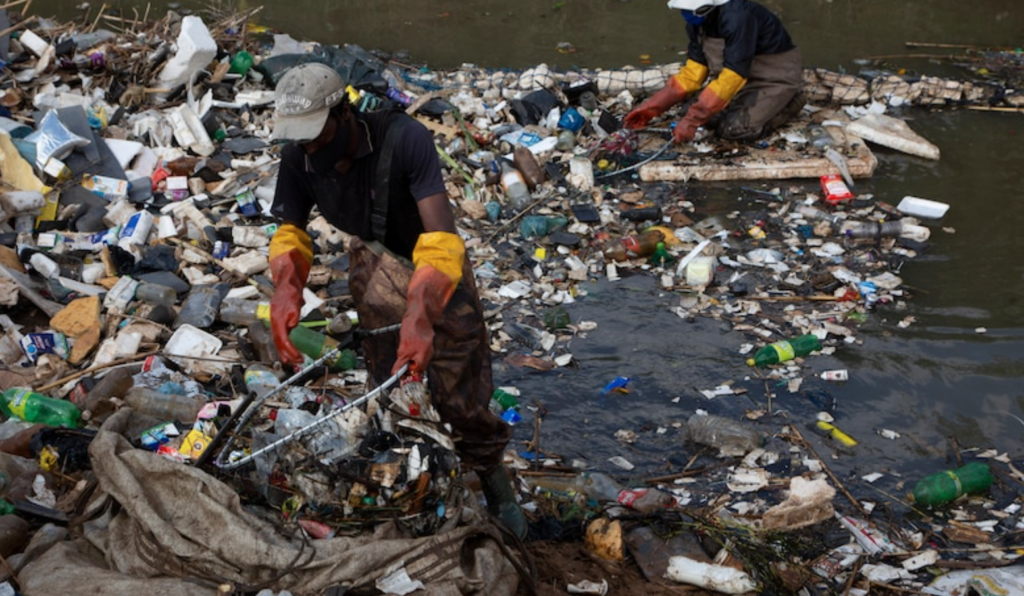
1. UN Report: Climate Change Might Be Pushing More Than a Million Species to Extinction, Calls for First Nations Intervention
A new UN-backed report says that overexploitation of resources, climate change, pollution, and deforestation are pushing one million species towards extinction. The Intergovernmental Science-Policy Platform on Biodiversity and Ecosystem Services (IPBES) report said that unless humankind starts to act sustainably, the earth could lose 12% of its wild tree species, more than 1,000 wild mammal species, and almost 450 species of sharks and rays. A central recommendation of the report is to secure tenure rights for Indigenous and local peoples, who have historically made sustainable use of wild species. “Their lands tend to be doing better in sustainability than other lands. And the common thread is the ability to continue to engage in customary practices,” said report co-chair Marla Emery. The report was approved by representatives of 139 member countries gathered in Bonn, Germany. It involved dozens of experts, from scientists to holders of Indigenous knowledge.
Thank you for your generous gift that will help us continue the production of this weekly, free publication
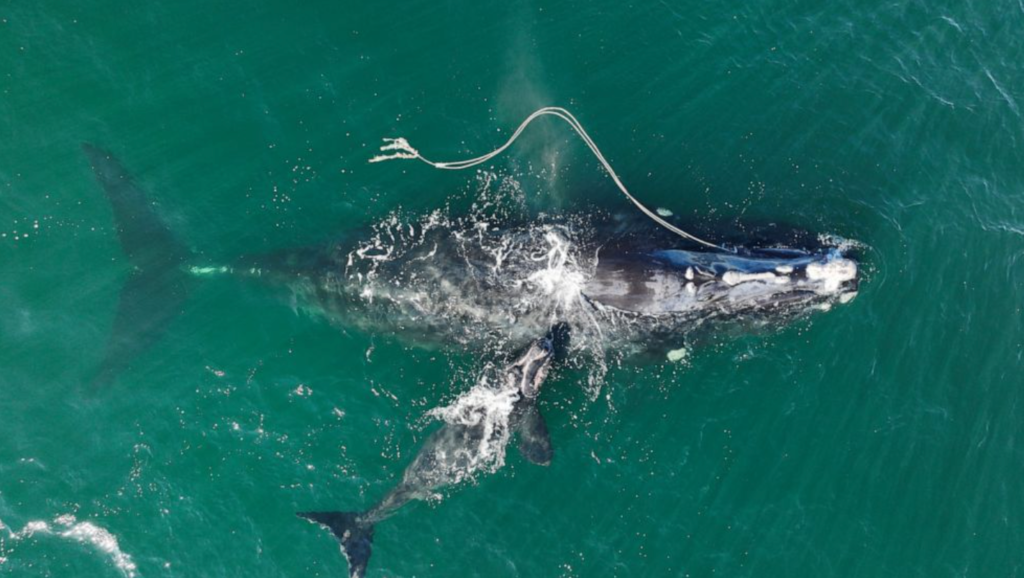
2. Weak Protection for Vanishing Whale Violates Law, Judge Says
The US government has violated both the Endangered Species Act and the Marine Mammal Protection Act by failing to protect the North Atlantic right whale from lethal entanglement in lobster fishing gear, US District Judge James Boasberg ruled on July 8. The whales number less than 340 in the world and have been declining rapidly in population in recent years. Boasberg’s ruling was a victory for conservation groups seeking to save the whale and a loss for lobster fishermen fighting tightening restrictions on their livelihoods. Boasberg ruled that the court’s findings “do not dictate that it must immediately shutter the American lobster fishery,” but instead said the parties must propose potential remedies to the threat faced by whales. Right whales are also imperiled by lethal collisions with ships, and federal authorities are expected to soon release new guidelines to help protect them from that threat.

3. New Research Finds Deep-Sea Mining Noise Pollution Will Stretch Hundreds of Miles
Researchers have found that noise from one deep-sea mine alone could travel roughly 311 miles in gentle weather conditions, with cumulative impacts likely where multiple mines operate. The deep sea hosts organisms found nowhere else on Earth—many of whom, given the absence of sunlight, use sound to navigate, communicate, find mating partners, locate food, and detect predators and other dangers. Seventeen contractors are exploring the possibility of mining in the Clarion-Clipperton Zone, an area spanning 1.7 million square miles between Hawaii and Mexico. If each of the contractors were to launch just one mine, an area larger than the European Union would have elevated noise levels, impacting noise-sensitive species and undermining attempts to preserve areas with no mining impact for scientific comparisons. Countries, experts, corporations, and environmental organizations want to halt seabed mining until science and management can ensure that mining will not harm the marine environment.
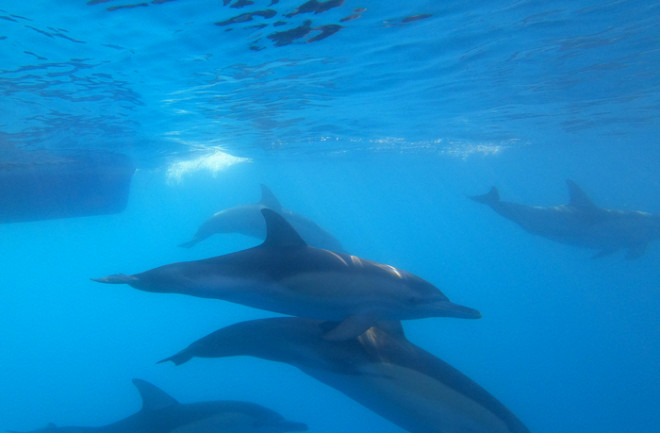
4. DNA Diversity May Help Dolphins Adapt to Climate Change
Biodiversity could be a key component in how the common dolphin adapts to changing ocean conditions. Researchers conducted a census to determine the genetic diversity in over 200 dolphins along 3,000 km of the southern coast of Australia. Their findings may help in future conservation efforts. According to first author Andrea Barceló, higher levels of genomic variation may be vital to the survival of wide-ranging marine mammals and other marine species. Researchers are calling for policy changes and conservation efforts to protect adaptive DNA diversity. This protection will allow for genetic flow among dolphins so they can more easily adapt to habitat changes due to climate change or other human enterprises. “Information about how the environment affects DNA diversity of marine populations can assist with population management and in forecasting how they may cope with climate change and other anthropogenic impacts,” said Barceló.

5. Oceana Canada Urges Government Action on Refillable and Reusable Packaging Choices for Canadians
Oceana Canada is calling on the Canadian government to continue efforts to reduce the amount of harmful single-use plastics flooding oceans and devastating marine life. The call urges the government to introduce stringent recycled content laws that increase the availability of refillable and reusable consumer packaging choices and stop the burning of plastic waste, which releases harmful cancer-causing emissions into the air, water, and soil. Investing in recycling will not end the plastic disaster. Canada is also projected to burn 22% of its plastic waste per year by 2030, up from 4% in 2019, through a highly toxic process called “advanced recycling.” According to Oceana Canada’s latest market research, 91% of Canadians support a plastic waste reduction strategy that works to eliminate single-use products as much as possible, and 92% feel it is important for a plastic reduction strategy to include methods other than recycling, such as reusable alternatives.
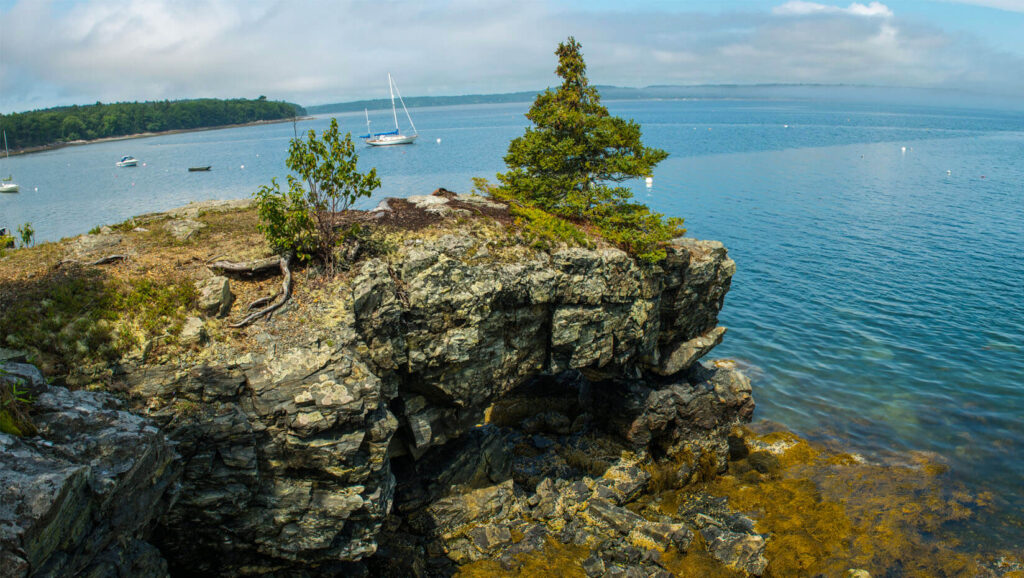
6. Big Fish Sightings Are Spiking. Climate Change May Be the Cause
As giant fish show up in unexpected places, experts say climate change may be driving the trend. The fish “aren’t growing larger, they are relocating to new environments,” said Francisco Werner of NOAA Fisheries. As waters warm — fueled by oceans absorbing excess heat from global warming — fish are relocating. Werner’s work has shown that there is a prevailing pattern to these shifts, that fish populations are shifting toward the poles and cooler waters. They are “trying to maintain some optimum temperatures and preferred temperature ranges that they like,” he said. Drastic temperature shifts in waters have meant changing conditions for fish on both coasts of the US. In the Gulf of Maine, waters have warmed five times faster than the global average for the past 15 years. As a result, Maine’s waters may offer a glimpse into future fish movement as planetary warming continues.
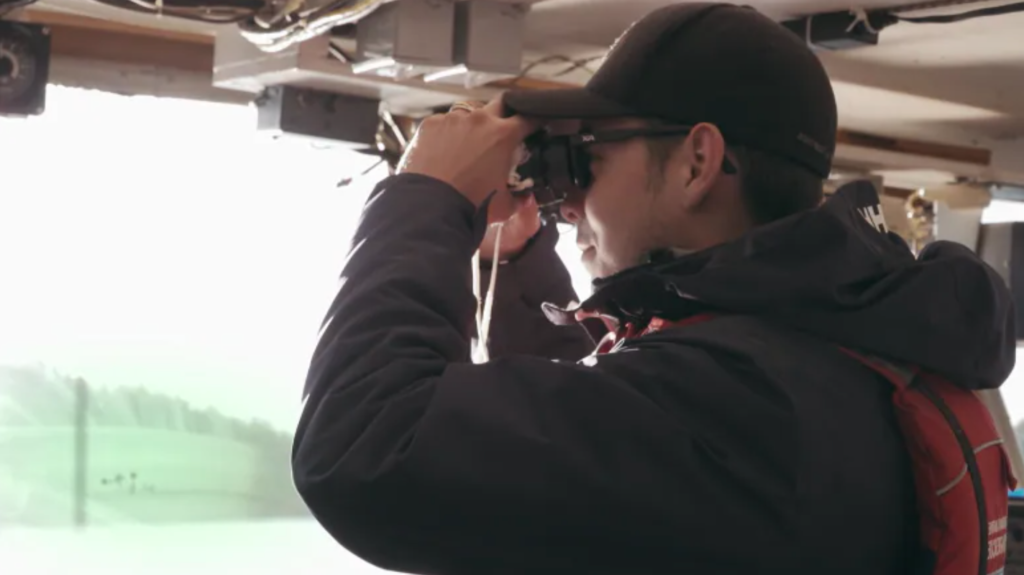
7. From Nunavut to British Columbia’s North Coast, Indigenous Knowledge Leads the Way in Marine Protection
Across Canada, Indigenous stewards, scientists, and environmental advocates are trying to help protect the oceans. “To me conservation is just a way of life,” said Jordan Wilson, a member of the Heiltsuk Nation. “The Heiltsuk’s people’s beliefs of what conservation is, is not that we manage the land and the ocean. We believe in coexisting and taking stewardship of it. We take care of the environment and in turn it takes care of us.” Wilson is a member of the Coastal Guardian Watchmen, a regional group made up of stewards who monitor their territory to ensure resources are managed sustainably. Similar programs have been established in dozens of communities across the country, with funding support from the federal government. Wilson says the programs recognize that Indigenous knowledge and stewardship practices have been proven to be some of the most effective ways of protecting biodiversity.
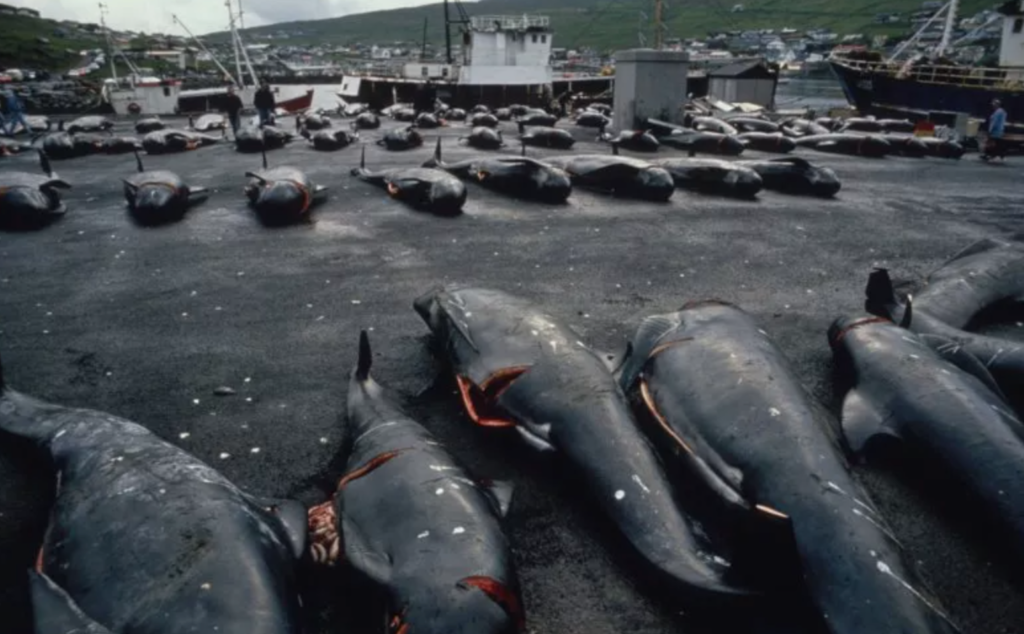
8. Faroe Islands Limit Dolphin Hunt After ‘Unusually’ Large Number Killed
The Faroe Islands will limit its dolphin hunt after finding that an ‘unusually’ large number were killed last year. An annual catch limit of 500 dolphins will be implemented, the government’s Ministry of Fisheries said in a statement on July 10. The whaling season in the Faroe Islands begins in the summer months and is a tradition that dates back around 1,200 years. Dolphins, including pilot whales and white sided dolphins, are captured and killed each year for their blubber and meat. However, not all Faroese people approve of the hunt, and the practice has long been opposed by animal rights activists that deem it cruel and unnecessary. A government evaluation found there was an “unusually large catch of 1,423” white sided dolphins in September 2021. This particular slaughter is believed to be the largest single hunt of cetaceans ever recorded worldwide.
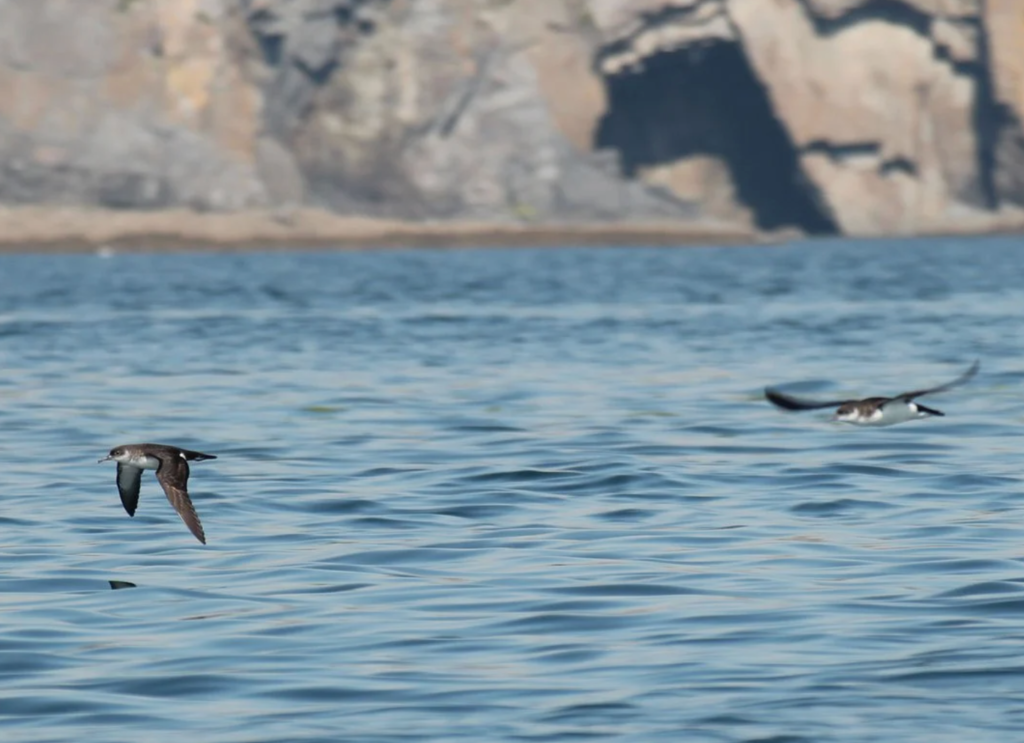
9. This Seabird Species Dives Deeper When the Water Is Clearer
A new study shows that underwater visibility affects seabirds’ ability to forage for prey. Human activities causing climate change, coastal erosion, and marine pollution are making it harder to see underwater. In particular, altered wave patterns due to climate change have stirred up ocean-floor sediments, reducing the clarity of the water. All of these factors make the water cloudier and make it increasingly difficult for marine animals like seabirds to find and catch their food. The researchers analyzed the diving patterns of Manx shearwaters along with local environmental conditions like cloud cover and water clarity. They found that the birds dove deeper when sunlight could penetrate further underwater, suggesting that visibility is key to their ability to dive for food. While this research focused on Manx shearwaters, the relationship between foraging and visibility-related factors like cloud cover and water clarity could apply to other marine animals as well.
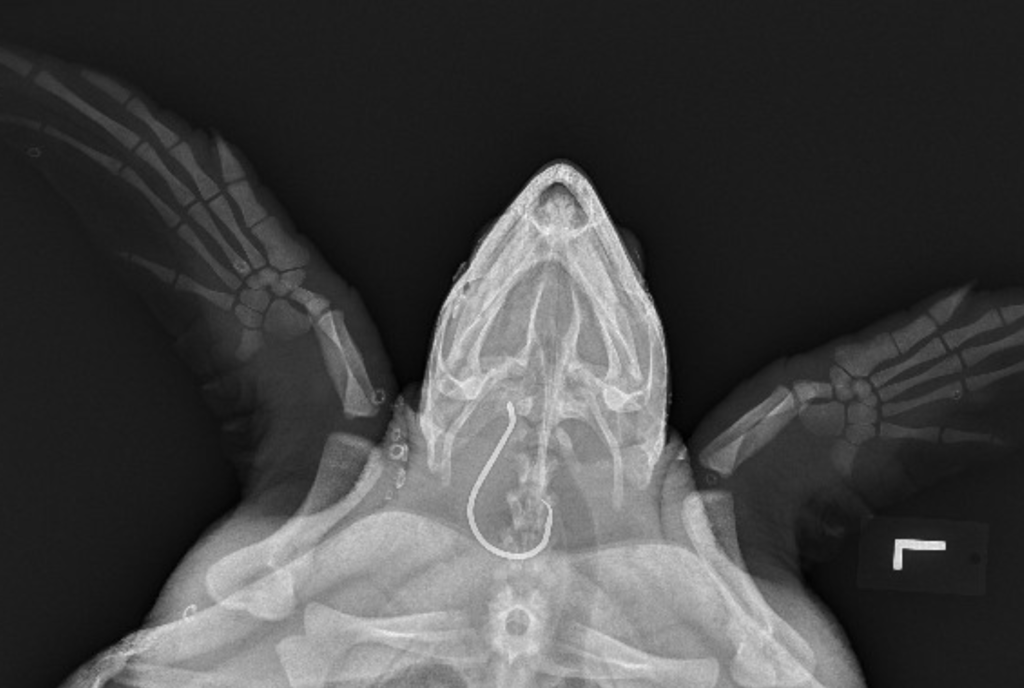
10. Sea Turtle Hookings Hit Record High in Virginia Waters
Virginia anglers are unintentionally hooking record numbers of sea turtles this year. Fortunately, volunteers are working hard to recover hooked turtles, treat them, and release them back into the wild. 58 sea turtles had been hooked by anglers in the lower Chesapeake Bay and adjacent ocean waters by the end of June. The previous record was 45 in 2018. All but one of this year’s turtles have been Kemp’s ridley turtles. The other was a loggerhead. Mackenzie W. DiNardo, Public Relations Manager for the Virginia Aquarium and Marine Science Center, reports that most of the hooked turtles have come from local fishing piers. “Almost all sea turtle hookings take place near shore, presumably because the turtles are largely foraging in the shallow nearshore waters,” she said. The turtles are getting hooked on baits such as squid and cut fish rather than artificial baits.
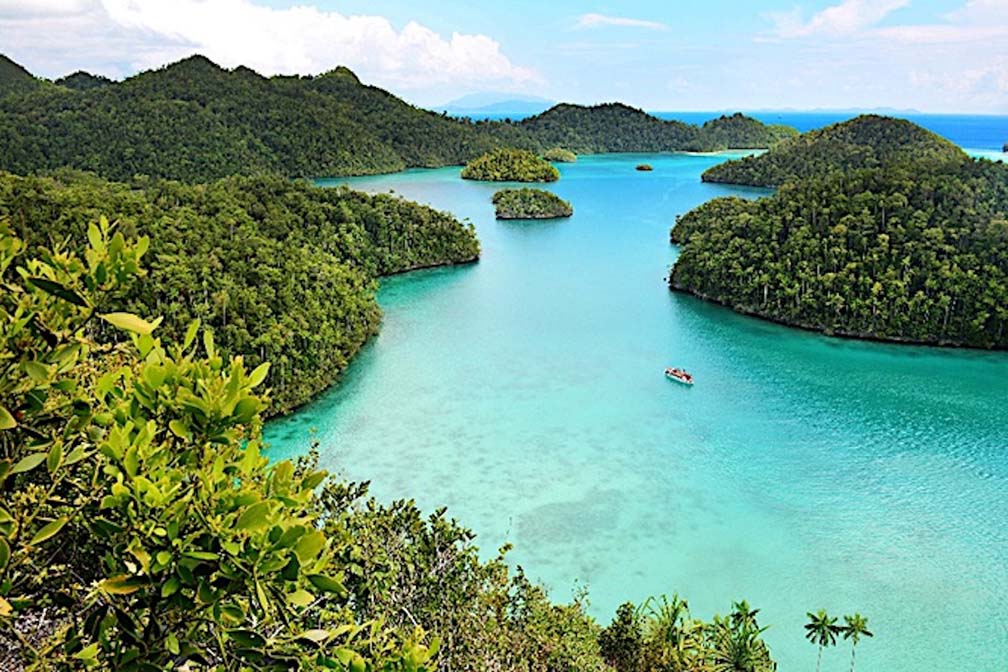
11. Philippines, Indonesia Marine Parks Receive Marine Biodiversity Award
The Philippines’ Apo Reef Natural Park and Indonesia’s Raja Ampat Islands Marine Conservation Area received the Blue Park platinum and gold-level awards, respectively, from the Marine Conservation Institute at the 2022 UN Ocean Conference in Portugal. The Apo Reef Natural Park consists of several islands located 33 kilometers off the coast of Occidental Mindoro province in the Philippines. Apo Reef is the second largest contiguous coral reef in the world, containing high coral diversity and providing habitat to around 500 types of marine species. Meanwhile, Raja Ampat Islands Marine Conservation Area in West Papua, Indonesia, is known as one of the richest coral reefs on the planet, encompassing more than 40,000 square kilometers of seas and about 1,500 islands. The area is a primary source of nutrients for a diversity of life forms, being a “gateway” between the Indian and the Pacific Oceans.
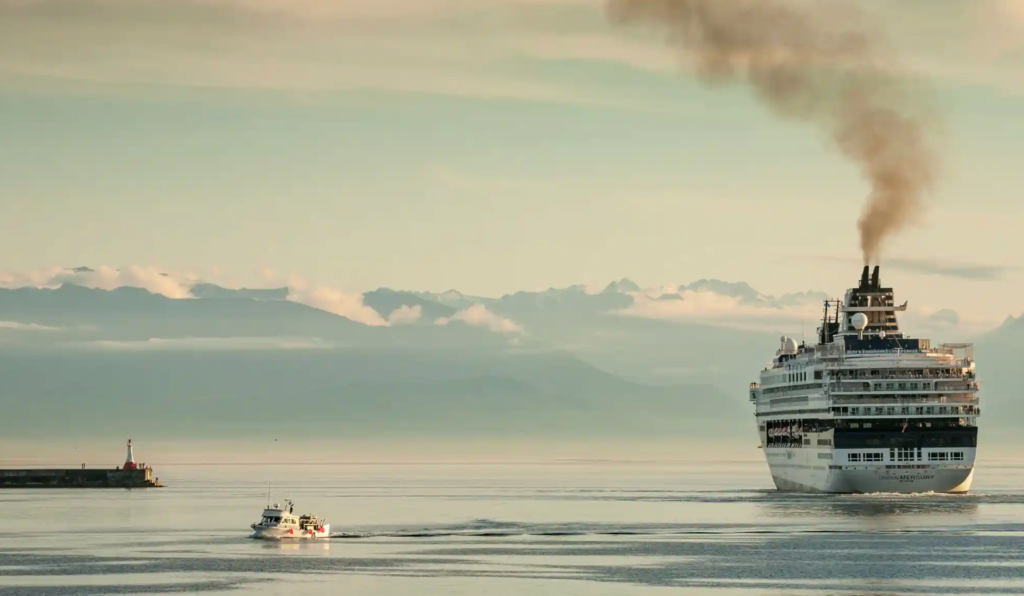
12. US Cruise Ships Using Canada as a ‘Toilet Bowl’ for Polluted Waste
Journeys from the lower 48 to Alaska are leaving behind a trail of toxic waste along Canada’s west coast, including within marine protected areas. An estimated 8.5 billion gallons a year of pollution is discharged by cruise ships on their way to and from Alaska. Cruise ship pollution includes large volumes of toxic sewage from toilets, greywater from sinks, showers, and laundries, bilge water, and waste from “scrubbers” – devices installed to remove exhaust gasses such as sulfur oxide and nitrogen oxide from marine fuel. The scrubbers create acidic wastewater. Most waste from scrubbers is dumped as it is generated. Globally, cruise ships have a patchy record of meeting environmental regulations, but the Pacific waters off the coast of British Columbia are particularly polluted. This is due to the many cruise ships but also because Canada’s federal dumping regulations are less stringent than US laws.
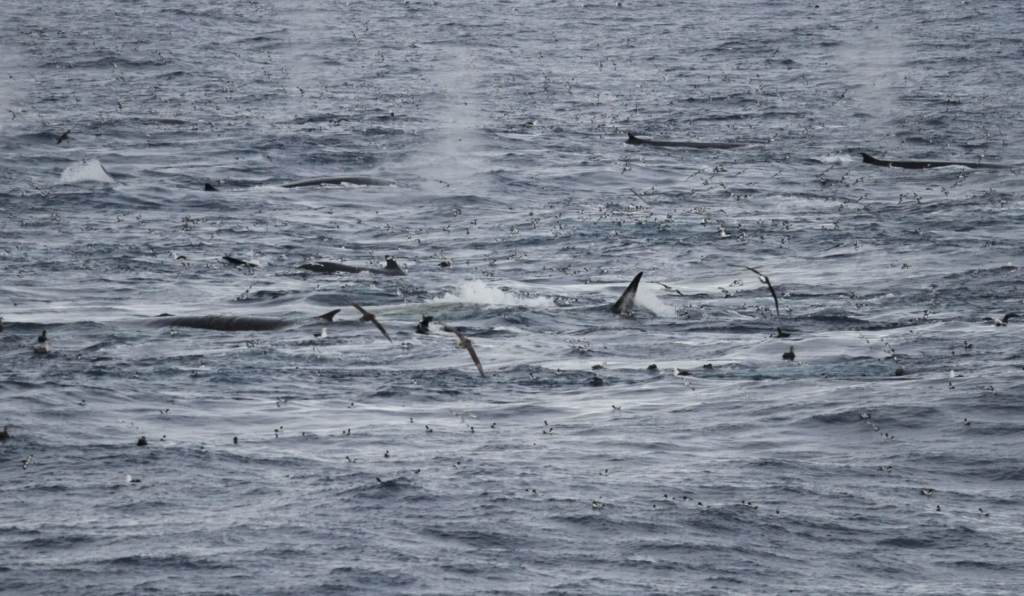
13. A Whale Feeding Frenzy in Antarctica Signals a Conservation Success
Near the coast of Elephant Island, northeast of the Antarctic Peninsula, researchers stumbled upon the largest gathering of fin whales ever documented. The sighting provides a glimmer of good news in what is otherwise a worrisome landscape for global biodiversity, and ocean dwellers in particular. Recent modeling estimates that global warming caused by continued greenhouse gas emissions could trigger a mass die-off of marine species by 2300. The rebounding of the fin whales’ population, however, offers “a sign that if you enforce management and conservation, there are chances for species to recover,” Dr. Helena Herr said. 40 years after a 1982 commercial whaling ban, researchers studying other species in the Southern Ocean began to notice that increasing numbers of fin whales had returned, which was confirmed by Dr. Herr’s team. However, whale researchers caution that not all species of whales have rebounded as successfully since the whaling ban.
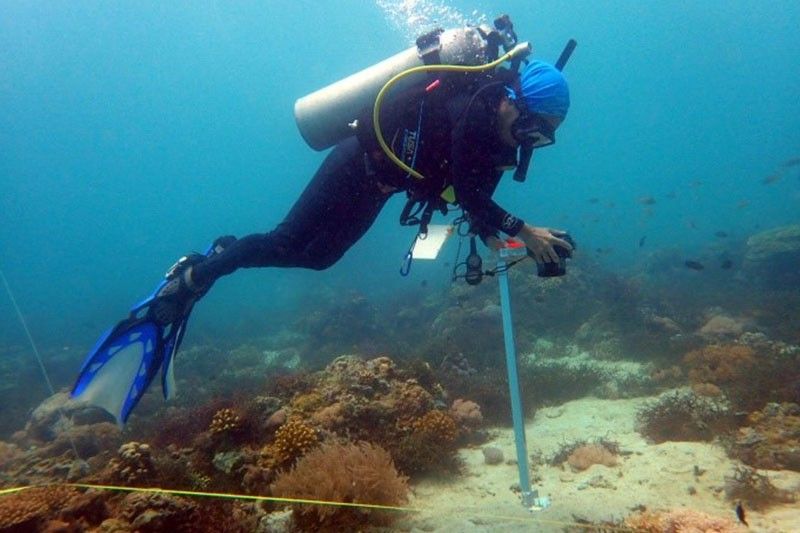
14. Southeast Asia’s Lofty Gas Plans Pose Threats to Waters Rich with Marine Life
In the Philippines, a lot has changed—for the worse—since Batangas City became the site of various industries, including fossil gas. Gas prices are up and fish hauls are down. The rapid expansion of fossil gas will make pressures in the marine corridor worse. Verde Island Passage hosts 60% of known shore fish species in the world. It is also the site of eight planned gas power plants and seven liquefied natural gas (LNG) terminals. The Center for Energy, Ecology, and Development (CEED) said a massive 138 GW of new gas-fired power plants and 118 LNG terminals are in development in the region and that sea water intake and discharge from gas plants and terminals may affect water temperature, forcing fish to seek cooler water elsewhere. Increased shipping activities will lead to water pollution, sedimentation that can destroy coral reefs, and damage to smaller seacrafts.
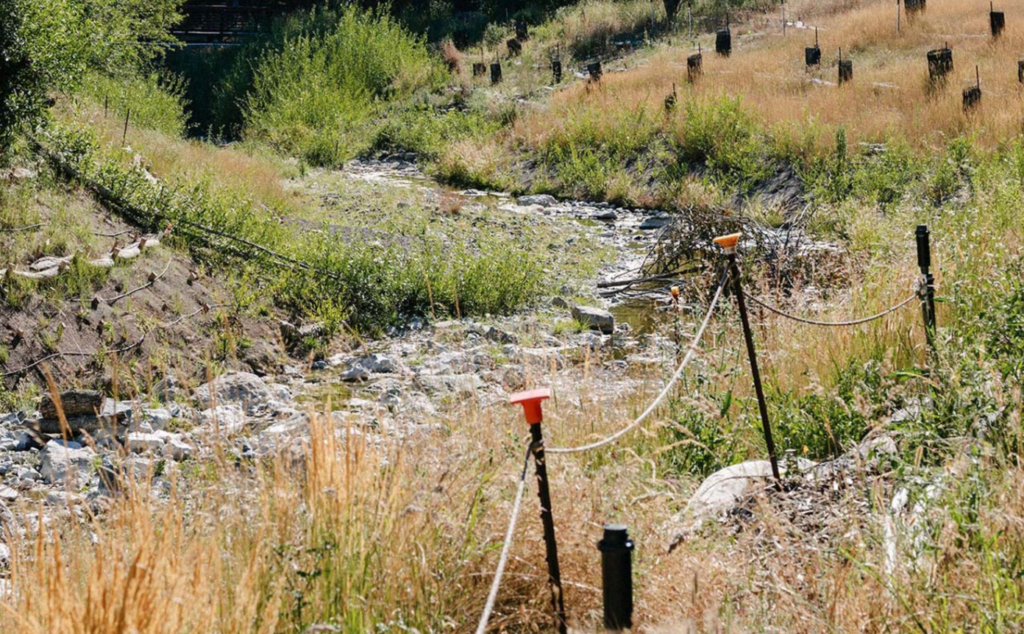
15. An Old Golf Course Is Now a Nature Preserve
The Trust for Public Land (TPL) bought the San Geronimo Golf Course in Marin County, California and is transforming it into a climate-resilient public park, reviving creeks and turning fairways into habitat for endangered salmon and other wildlife. “It’s a once-in-a-lifetime opportunity to recreate the historic floodplain and reconnect the creeks in a way that creates a far more climate-resilient ecosystem in this area,” says Christy Fischer of TPL Northern California. The pipes, culverts, drainage, and electrical conduits under the course present an engineering challenge. Those systems are being removed, allowing creeks and streams to resume their natural path. TPL’s acquisition of the golf course’s rights to 6.5 million gallons of water annually also is aiding the iconic salmon in their annual journey from the Pacific Ocean. Instead of irrigating 135 acres of turf in a drought-stricken county, the water is now dedicated to salmon-bearing creeks and streams.
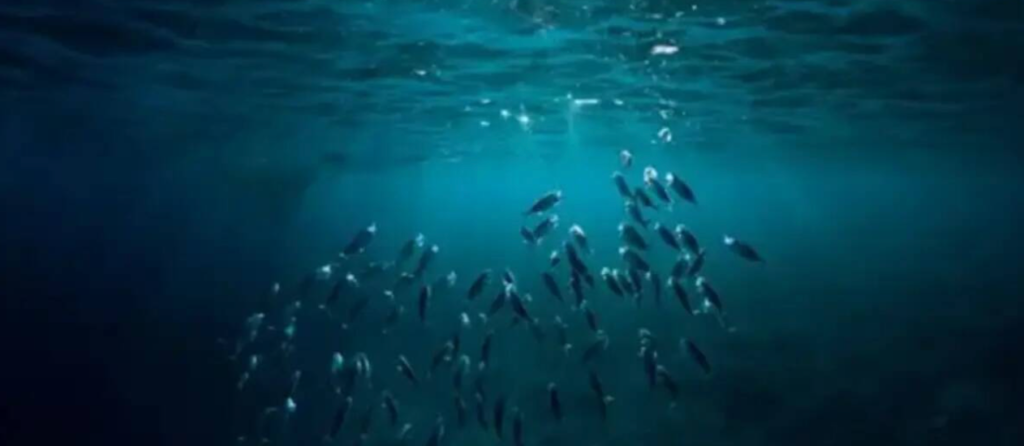
16. How Green Technology Could Hurt Marine Biodiversity
A new study has flagged emerging threats that could have a major impact on marine biodiversity over the next 5-10 years. The study also speaks about the negative impacts of green technology adoption that must not be ignored. A technique called ‘horizon scanning’ was used to arrive at their conclusions. Increased public pressure against marine plastic pollution has resulted in the use of ‘biodegradable plastic bags’ made of plant starches, but these materials do not biodegrade under natural conditions in the ocean, and their widespread adoption can cause marine litter as well. Meanwhile, the growing demand for renewable energy technology, such as lithium batteries for electric cars, also threatens marine ecology. Deep sea ‘brine pools’ contain higher concentrations of lithium and could become future sites for extraction. The study finds that these ecosystems support diverse species, many of which are largely undiscovered.
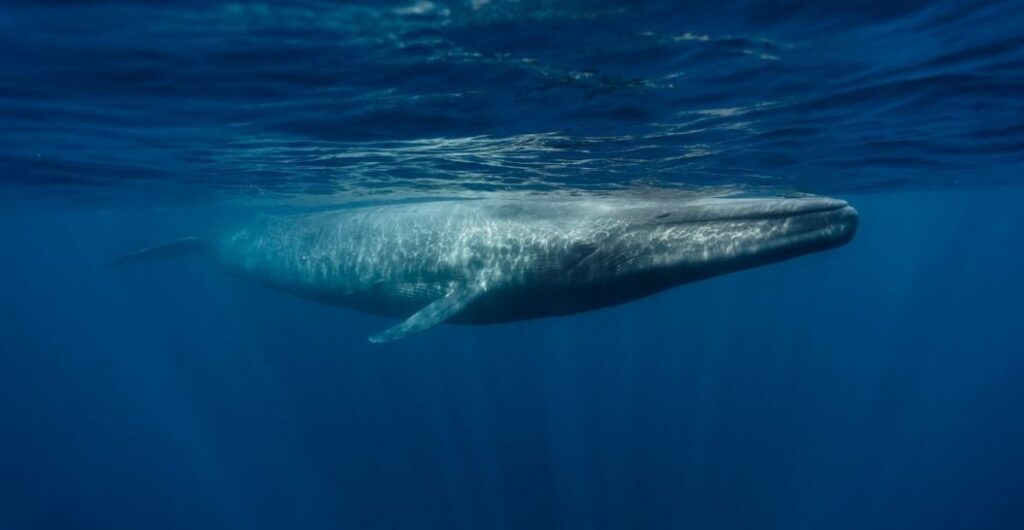
17. Bomb Detectors Picking Up More Blue Whale Songs in Indian Ocean
Without underwater listening devices set up to monitor nuclear bomb tests, the population of ‘Chagos’ pygmy blue whales discovered last year in the Indian Ocean would still be unknown. Now researchers have analyzed decades of recordings from the Comprehensive Nuclear-Test-Ban Treaty Organisation to conclude that the distinctive songs of the pygmy blue whales have increased in frequency over time. The researchers suggest that stocks of the sub-species could be on the rebound after being hunted to near-extinction in the 20th century. By comparing the whale song frequency recorded by two sets of hydrophones placed at the northwest and southeast of Diego Garcia Island, they pieced together a pattern of behavior and migration that correlated with differing levels of food abundance and sea temperature of each area. The researchers are concerned about the effects of climate change in rising sea-temperatures and the effect on their main food source, krill.
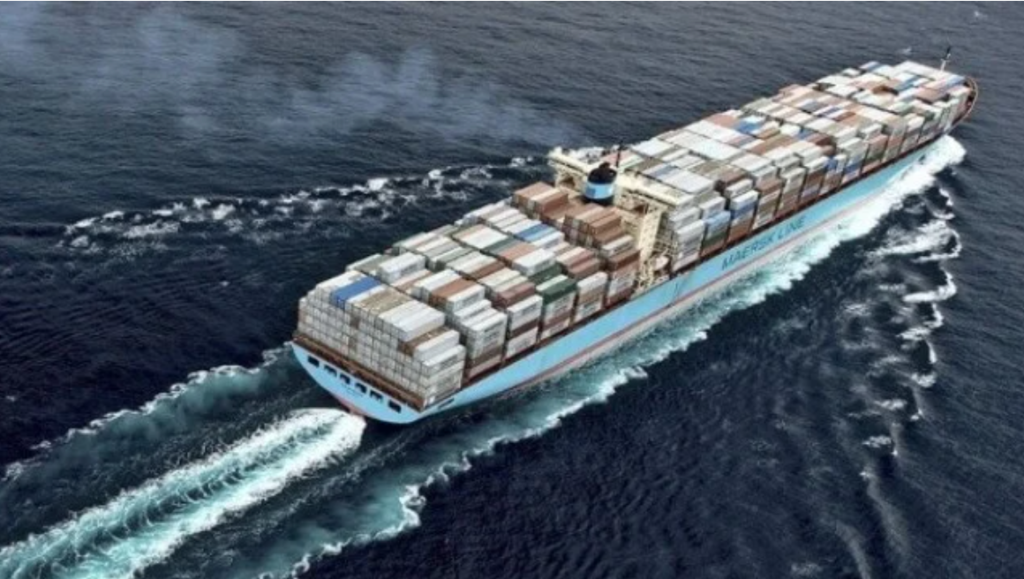
18. Maersk Withdraws From Board Membership at International Chamber of Shipping, Citing Climate Goals
Maersk has withdrawn its representative from the board of the International Chamber of Shipping (ICS), the largest shipowners’ association in the world, over differences in climate policy. Maersk, the number-two ocean carrier and one of the world’s largest shipowning groups, said in a statement that the decision came after a climate-driven review of its memberships. ICS is a longtime proponent of keeping carbon regulation at the International Maritime Organization, which has achieved limited progress on controlling greenhouse gas emissions in the seven years since the Paris Climate Agreement. By contrast, Maersk has already committed to a net-zero-by-2040 target, one decade ahead of the Paris Climate Agreement goal for non-shipping sectors. Its policy prescription for the rest of the industry is just as ambitious: it has founded a research institute to help find practical solutions for decarbonization.
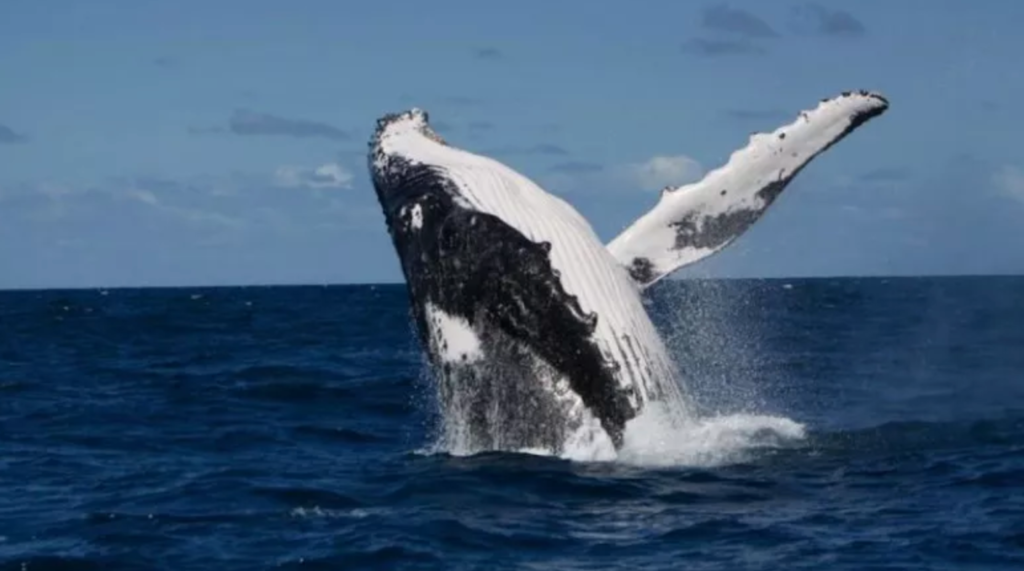
19. Scientists Track Ocean Giants Using Fiber Optic Networks
Marine scientists have revealed how they can track whale movement through the oceans using spare fiber optic cables to eavesdrop on them. Individual hydrophones, or underwater microphones, had previously been used to track the large mammals as they traveled across the world’s seas, but the cost and their geographic limitations made them expensive and difficult to use. Now, a new technique, Distributed Acoustic Sensing (DAS), is able to hack into existing underwater fiber optic networks. DAS turns any unused fibers in the cable into a long arrangement of virtual hydrophones. “Deploying hydrophones is extremely expensive, but fiber optic cables are all around the world, and are accessible,” said project researcher Lea Bouffaut. The new technology not only allows the team to pick up on whale vocalizations but also tracks the whales in space and time.

20. US Agency Studies Rare Whale Habitat Expansion Request
The US government has agreed to a request from environmental groups to study increasing critical habitat designations in Alaska waters for North Pacific right whales, one of the rarest whale species in the world. The National Oceanic and Atmospheric Administration Fisheries estimates there are about 30 of the whales left after centuries of hunting, ship strikes, and fishing gear entanglements devastated the species. The agency in 2008 designated about 1,175 square miles in the Gulf of Alaska and approximately 35,460 square miles in the southeast Bering Sea as critical habitat for the whales. This year the Center for Biological Diversity and Save the North Pacific Right Whale petitioned the agency to expand the habitat by connecting the existing two areas. This would extend the Bering Sea boundary west and south to Alaska’s Fox Islands, through Unimak Pass to the edge of the continental slope.
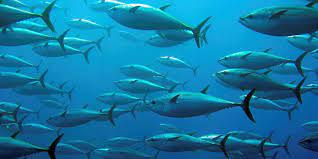
21. Fatty ‘Katsuo’ Fish May Foreshadow Climate Change, Threat to Japan’s Sushi
Fishermen in Kochi prefecture in southwest Japan have noticed an unprecedented number of unusually fatty katsuo, or skipjack tuna in the last two years. While heavier katsuo means more money, locals and experts say it indicates climate change and a risk for katsuo numbers already under threat due to overfishing. This is worrying as changes in the sea and climate have already wiped out some other fish, including a shellfish called chambara-gai that used to be Kochi’s specialty. The average surface temperature of the bay in winter has risen 2 degrees Celsius in the four decades prior to 2015, local fisheries data shows, and the fatter katsuo may be due to ample prey in the warmer sea. But longer term, this warming may prevent mineral-rich water from rising to the surface, resulting in a drop in plankton and smaller fish to feed on, leading to fewer katsuo.
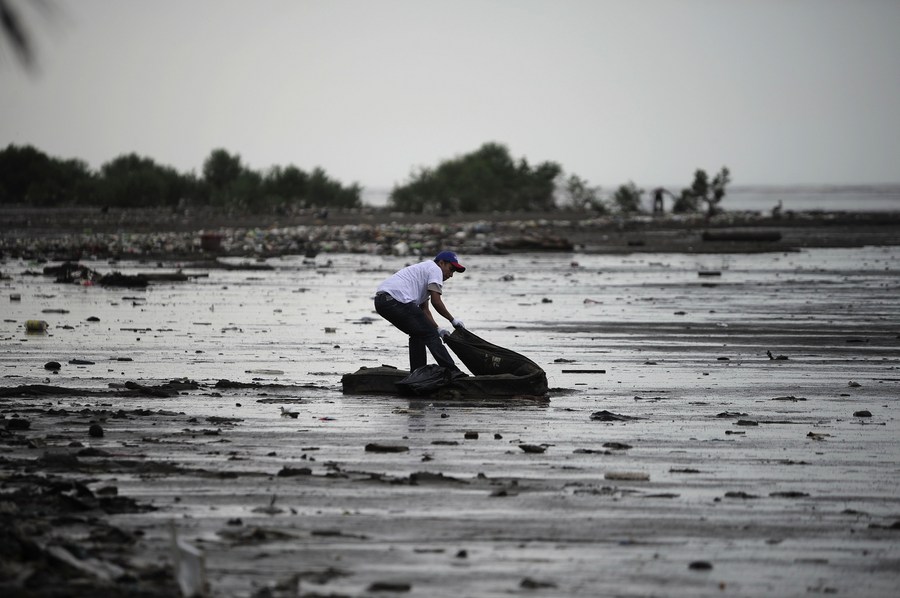
22. Panamanian Fishermen Compete to Fish Plastic in Attempts to Curb Marine Pollution
To raise awareness about the impact of marine pollution, the Panama Plastic Fishing Championship brings together local fishermen to gather plastic in Panama Bay for prizes. “On the banks of the rivers and the sea, there is too much garbage,” which often makes it difficult for fishermen to use nets to fish, said Adonis Jaen, a competitor. Studies indicate that by 2050, there will be more plastic in the ocean than fish if no actions are taken. Between 60 and 80% of plastic from human consumption on land ends up in the ocean. Jaen, a fisherman, said that collecting plastic from the sea could become a source of income for many, and that the fuel subsidies from a new government program could be beneficial. The contest is part of a long-running environmental program that has cleaned up 20 islands in countries such as Mexico and Colombia.
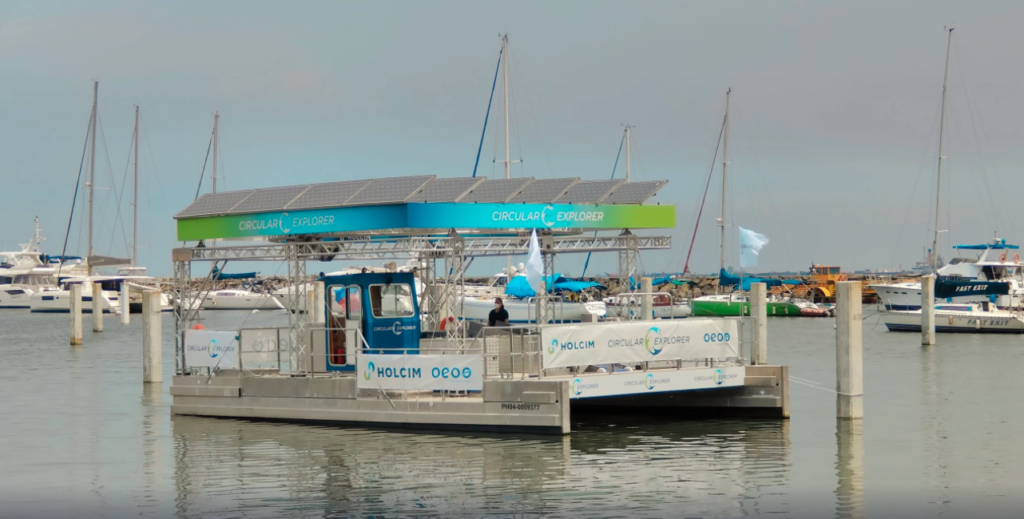
23. Solar-Powered Recycling Vessel Circular Explorer Arrives in the Philippines
The Circular Explorer, a solar-powered sea vessel designed to collect trash from the ocean, has arrived in Manila. The vessel will be in Manila Bay for 3 years, where it will collect trash, pick out the recyclable materials, and deliver them to a recycling center. Before arriving in Manila, it was tested in Hamburg, Germany, and then made several stops in Northern Europe. It can collect up to 4 tons of trash every day and is fitted with sensors that allow it to map water quality along with levels of microplastic pollution. It operates using solar energy, but for emergencies, it can rely on an onboard traditional generator. The Philippines was chosen as the host for the vessel because it ranks among the world’s top plastic polluters and is where the Circular Explorer might be able to make the most impact.
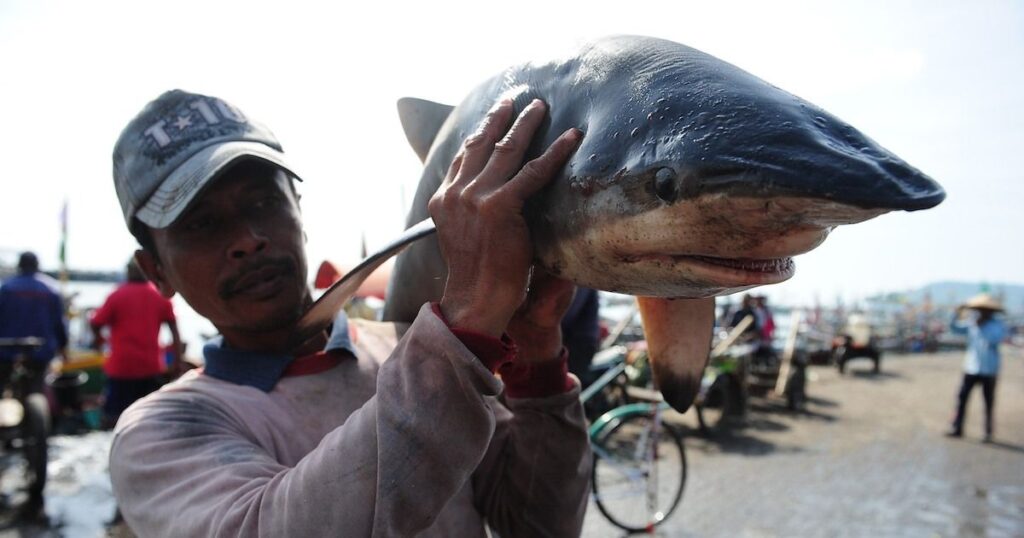
24. Why Horror Director Eli Roth Is Protesting a Florida Shark Hunting Tournament
When it comes to real-life horror, director Eli Roth has absolutely no patience — especially regarding shark fishing. That’s why he is promoting a campaign to shut down a shark-killing tournament in Jupiter, Florida. “We need a zero shark fishing policy in the US. There’s no reason to fish a shark except money and likes on social media,” Roth said. On July 9, WarBird Tournaments LLC hosted a “shark fishing” tournament. Shark fishing is widely legal across the US, including in Florida. According to the Florida Fish and Wildlife Conservation Commission (FWC), all that anglers 16 and above need to do is complete an online course and apply for a free permit. Advocacy organization OneProtest started a petition asking the FWC and NOAA to shut down the Jupiter shark killing tournament before it began but the competition went ahead.
/




